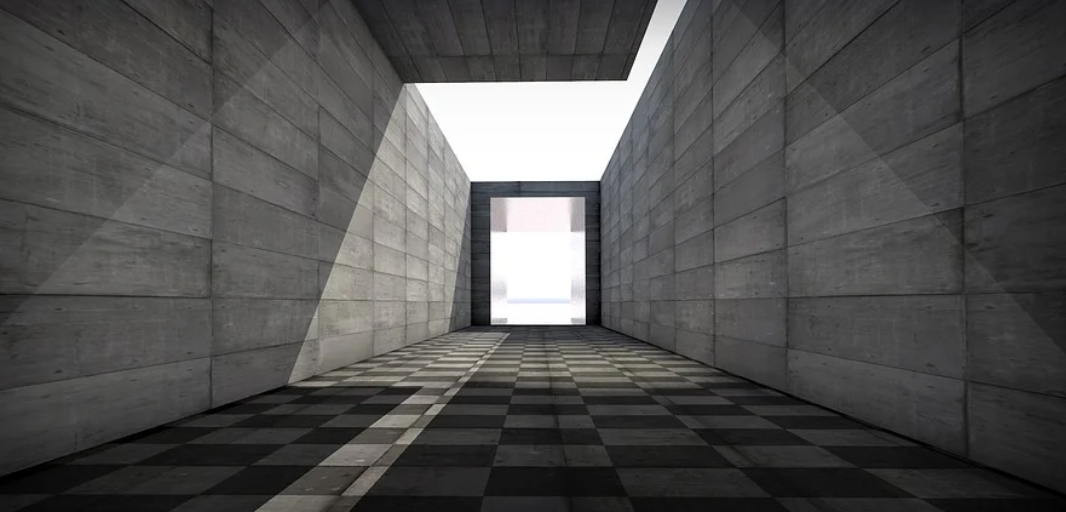A Deeper Dive into the World of Asphalt Racing
The roar of engines, the thrill of speed, and the vibrant colors of race cars – these are just a few elements that make asphalt racing so captivating. But beyond the exhilarating spectacle lies a world of intricate technology, strategic setups, and meticulous attention to detail. One crucial element that ties it all together is graphics, particularly when we talk about late model cars, known for their speed and finesse on the track.
Asphalt late model graphics are more than just flashy paint jobs; they’re a reflection of the car’s performance potential, its racing history, and even its team identity. They serve as a visual bridge between raw speed and strategic planning, playing a critical role in how drivers interpret data and make crucial decisions on track.
Late model cars are designed for high-performance asphalt races, often featuring aerodynamic bodywork that maximizes speed and cornering ability. Graphics play a key role in enhancing the car’s visual presence while also providing valuable information to the driver or team through subtle cues. These graphics serve as a potent tool for strategic planning.
The Power of Visual Communication: Understanding Asphalt Late Model Graphics
As the saying goes, “a picture is worth a thousand words.” In the world of asphalt racing, this statement holds especially true when it comes to late model graphics. A well-designed graphic can communicate vital information about a car’s performance and strategy quickly and efficiently, saving valuable time in the heat of competition.
One critical aspect of these graphics is their ability to convey details about a car’s aerodynamic profile. For example, different designs can showcase changes in downforce or airflow patterns, helping drivers understand how the car interacts with the track’s surface and make informed decisions on braking points and cornering.
Another important aspect of these graphics is their ability to communicate vital information about a car’s performance. These graphics can highlight areas of improvement and potential problems, allowing drivers and teams to identify issues like tire wear or suspension changes quickly. In this way, they act as an early warning system for potential mechanical failures.
Furthermore, these graphics can also play a role in driver psychology, helping them visualize their strategy. For example, a graphic that shows the car’s projected lap time can boost confidence and motivate drivers to push harder at specific sections of the track. This visual reinforcement can make even subtle changes in driving techniques feel more impactful.
Beyond Speed: The Impact of Graphics on Team Identity
Late model graphics are not just about race strategy; they also play a vital role in team identity and brand building. A well-designed graphic can create a strong visual connection between the car, the driver, and the team’s supporters, fostering loyalty and engagement among fans and sponsors alike.
This is why many teams invest heavily in creating unique graphics for their cars, often incorporating their team colors, logos, and sponsor branding into their design. These graphics serve as a visual representation of the team’s values and aspirations, attracting attention on the track and inspiring fans to cheer louder.
The impact of these graphics goes beyond just aesthetics; they can be used to tell stories about the team’s history, achievements, or even their unique racing philosophy. This creates a sense of connection between the car and its audience, making every race a spectacle that resonates with fans and collectors.
Crafting Winning Graphics: A Collaborative Effort
Creating effective asphalt late model graphics requires careful planning and collaboration between the driver, the team, and even specialized art professionals. Often, teams involve their drivers in the design process to ensure the graphics are tailored to their individual preferences and driving style.
The initial phase of the process often involves brainstorming sessions where the team explores different graphic concepts, experimenting with various techniques and styles. The driver’s input helps shape the final design, ensuring that the graphics reflect his or her vision for the car’s performance on track.
Once the concept is finalized, it then enters the hands of skilled graphic designers who translate the ideas into a tangible form. They use specialized computer software to create high-fidelity 3D models and renderings, allowing teams to visualize their designs before implementation.
Embracing Technology: The Future of Asphalt Late Model Graphics
Advancements in technology continue to shape the future of asphalt late model graphics, making them more accessible than ever. 3-Dimensional design software, advanced photogrammetry techniques, and high-resolution printing materials are now readily available for teams.
Additionally, simulations like virtual reality (VR) and augmented reality (AR) allow drivers to experience their car’s performance through a virtual simulator before hitting the track. These immersive experiences can help drivers understand their car’s strengths and weaknesses, leading to more efficient racing strategies.
The Unforgettable Legacy of Asphalt Late Model Graphics
As asphalt racing continues to evolve, so too will the artistry around it. Late model graphics are more than just eye-catching paint jobs; they represent a legacy of innovation and a testament to the enduring passion for motorsport. Their impact goes beyond speed and strategy; they create connections, inspire creativity, and tell stories that leave an unforgettable mark on the world of racing.
